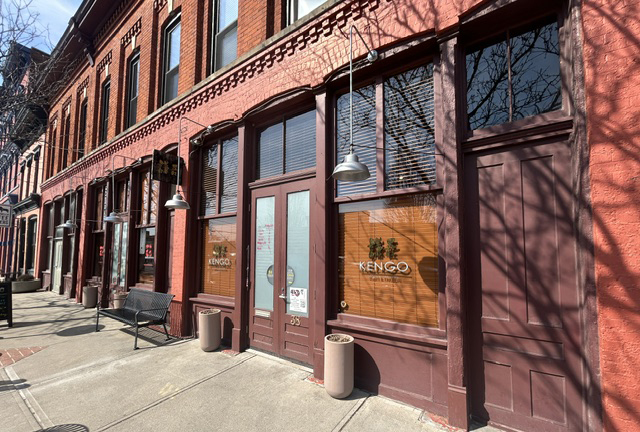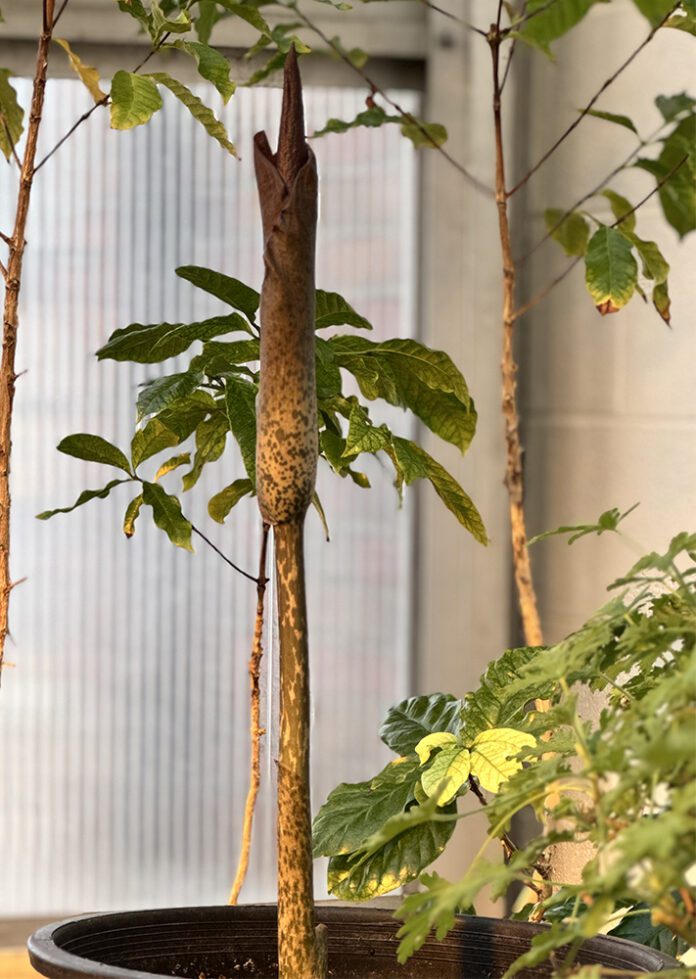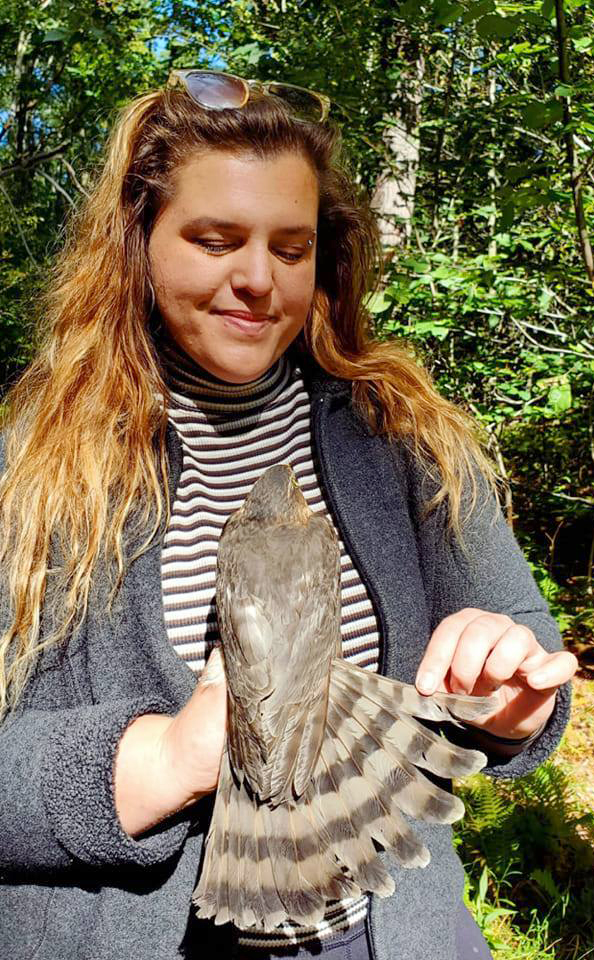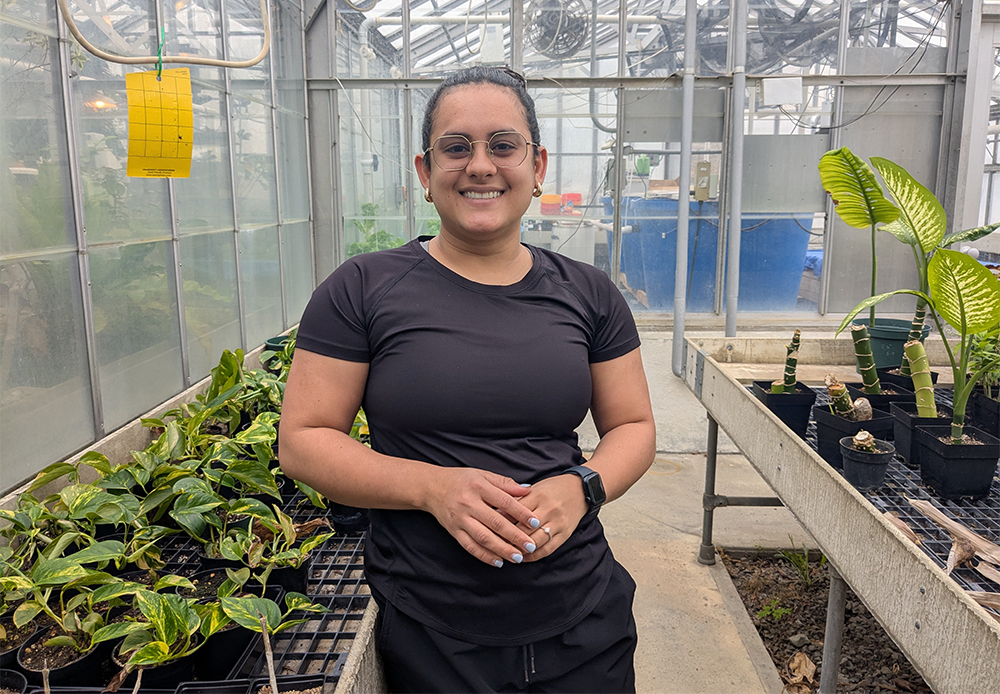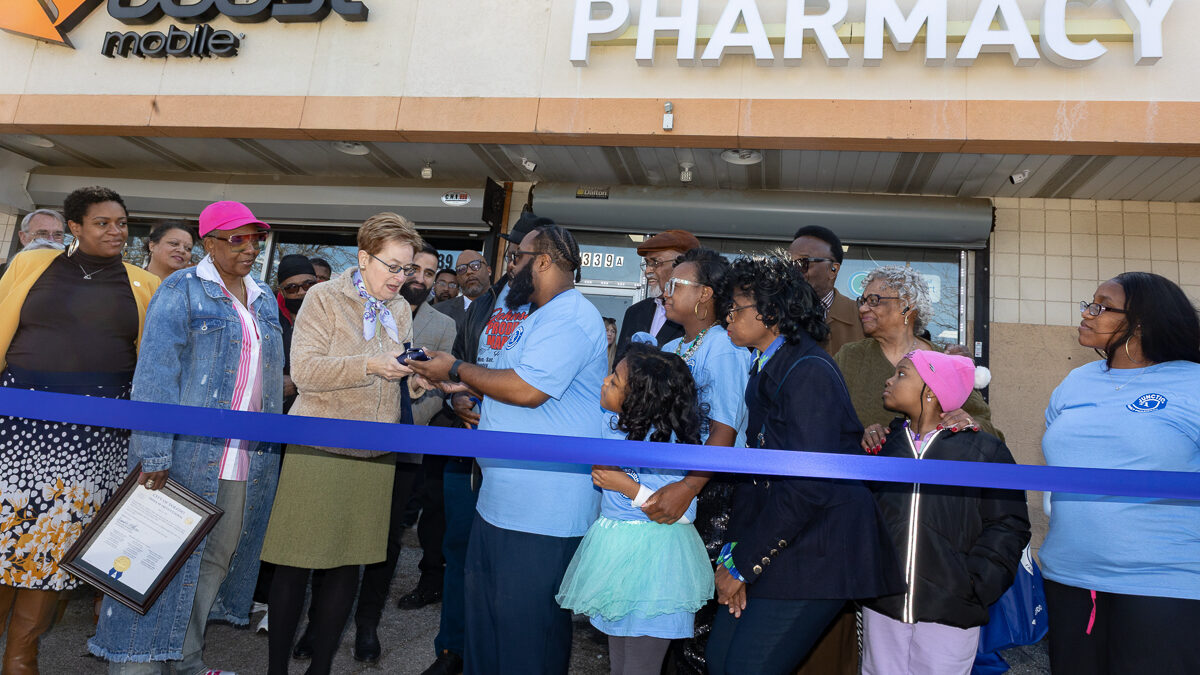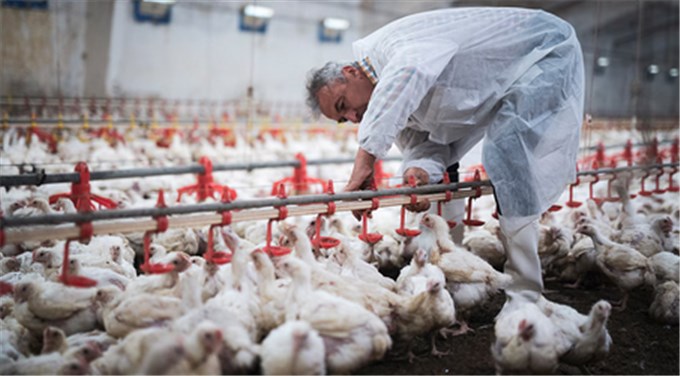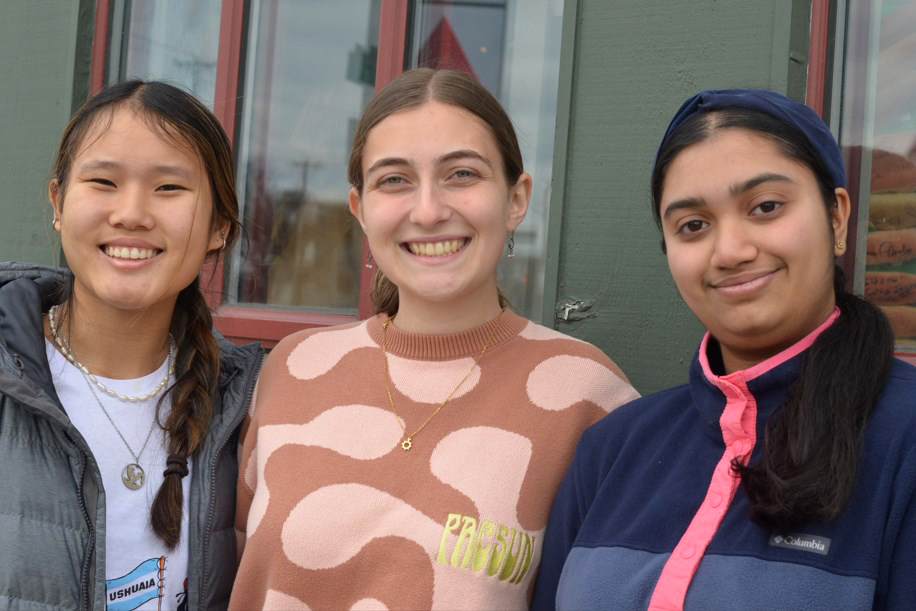NORTHWEST OHIO- Here is a beginning list of local restaurants in the Toledo area. Do you know of a restaurant we don’t know about or think it should be included? Let us know on our Story Tip Line.
Earth to Oven Bakery & Cafe $
Opened in 2019, Earth to Oven is known for its sandwiches, like their BLT and prescott, which has homemade chicken salad served on Zingerman’s bread. It also has breakfast options, like the breakfast burrito and quiche.
It’s a small bakery with few seating options inside and a nice outdoor area. Along with sandwiches and breakfast burritos, there are also salads and soups, and there is always a soup of the day.
5758 Main St. Sylvania | (419) 824-0683
Open Monday - Saturday from 10 a.m. - 2:30 p.m.
Brim House $$
Brim House is an upscale restaurant located in the Renaissance Downtown Toledo Hotel with views of the Maumee River. Brim House offers many different options, including building your own omelet, avocado toast, steak and eggs. Among the brunch options is the vegan breakfast taco, steak and eggs, and plenty of options on the side, like fresh fruit and turkey sausage, considered healthier than normal sausage.
444 N Summit St., Toledo | (419) 243 - 7664
Open Saturday and Sunday from 7 a.m. to 2 p.m. | Monday - Friday from 6:30 - 11 a.m.
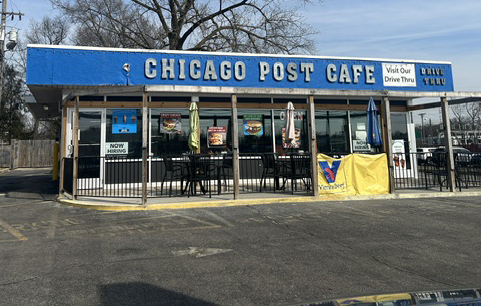
Chicago Post Cafe $
The Chicago Post Cafe is a family owned restaurant with plenty of cheap healthy options for customers. A veggie egg muffin, avocado toast, yogurt, and plenty of egg options are just some of the many breakfast choices on the menu at the Chicago Post Cafe. The lunch menu offers a vegan burger along with soups and sandwiches.
5658 Central Ave., Toledo | (419) 537-2299
Open everyday from 7 a.m. - 3 p.m.
Zingos $$
Zingos is a Mediterranean restaurant with two locations. Zingos offers plenty of healthy options, like salads and sandwiches, and also offers specials for groups. The Junk salad, chicken gyro and feta chicken are some of the most popular healthy dishes. While the Junk salad sounds intimidating, it is loaded with healthy food, like tomatoes, cucumbers, grilled chicken, olives and peppers.
3154 Markway Rd, Toledo | (419) 407-5586
Open 11 a.m. to 3 p.m. Monday - Thursday; 11 a.m. to 8 p.m. on Saturday and Sunday
106 Louisiana Ave, Perrysburg | (419) 872-5800
Open 11 a.m. to 8 p.m. and closed Sundays
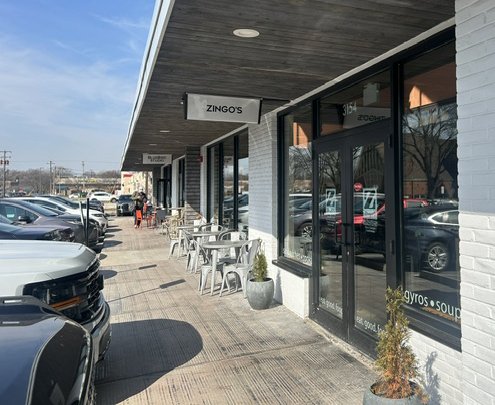
Balance Pan – Asian Grille
Balance Pan – Asian Grille offers a variety of options. Every bowl can be a vegan bowl. On the website it lists the nutrition facts about each order. The wiseman bowl offers a Szechwan sauce with broccoli, carrots, seasonal sprouts, corn and kale. The Thai guy bowl and Bang Bang tacos are among their most popular dishes.
Menu | Balance Pan-Asian Grille
215 N Summit St, Toledo | (419) 243-2222
Open 11 a.m. to 8 p.m. Monday - Friday
Organic Bliss
Organic Bliss is a gluten free deli and bakery located in Toledo. Everything is made from scratch using family recipes with an extensive menu with plenty of options: Salads, soups, and over 20 sandwiches, including the Reuben Tuesday, homemade chicken salad and the Alaskan Sandwich Burger with grilled salmon, romaine, tomato and poppyseed dressing.
3723 King Rd # 200, Toledo | (419) 517 - 7799
Open 10 a.m to 6 p.m. Monday - Friday | 10 a.m. to 5 p.m. Saturdays
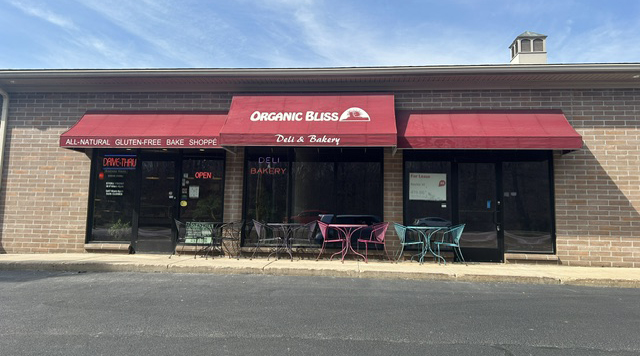
City Egg $$
City Egg, located at Promenade Park, is an inexpensive option, and its open every day for breakfast and lunch. With an avocado omelette, city egg quinoa and a spinach and portabella omelette, the City Egg offers a plethora of options for those wanting a healthy breakfast. The lunch menu features a downtown turkey and avocado sandwich and a chicken club sandwich. There are two other locations in Bowling Green and Columbus.
202 N. Summit St., suite 101, Toledo | (419) 214 - 0174
Open 6:30 - 3 p.m. every day
Salad Galley $
Salad Galley in Oregon offers a cozy and friendly atmosphere with healthy food at a good price. With plenty of options of salads, sandwiches and soups, Salad Galley also offers a catering service and delivers. Fruit salad, Tana pasta salad and Sante Fe Chicken highlight the salad menu. Each soup is homemade and the options change daily.
3023 Navarre Ave, Oregon | (419) 691 - 4888
Open 10 a.m. - 7 p.m. Monday - Saturday
The Standard Restaurant $$$$
The Standard Restaurant is a high end American Bistro off of Monroe. The Standard Restaurant’s most expensive but also most popular dish is the Filet. Salmon, Sea bass are some of the other most popular items on the menu. Mussels highlight the appetizer menu along with the carpaccio.
5333 Monroe St Suite 22/23, Toledo | (419) 318 - 3303
Open 4 p.m. - 9 p.m. Sunday - Thursday | 4 p.m. - 10 p.m. Friday - Saturday

Kengo Sushi & Yakitori $$$$
Kengo Sushi & Yakitori offers an omakase dining experience at a five person bar. Omakase is offered in 2 windows. One window at 6p.m. and the other at 8p.m. Reservations are only accepted for omakase. Kengo offers vegan options as well as ribeye, chicken crab, and an assortment of sushi options.
38 S St Clair St, Toledo | (419) 214 - 0574
Open 5 p.m. - 10 p.m. Tuesday - Saturday

